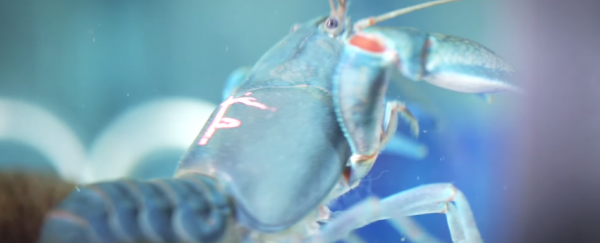Pretty much everything humans do on the planet impacts the environment. But one of the most difficult parts of managing those impacts is understanding exactly what damage we're really doing. For example, we know that the heavy metals from industrial processes such as mining are getting into our waterways, but have a limited understanding of what this does to aquatic life.
To address this, aquatic researcher Tom Cresswell from the Australian Nuclear Science and Technology Organisation (ANSTO) uses radioisotopes to trace this heavy metal pollution, and follow its lifecycle inside prawns, yabbies and other marine invertebrates. As he explains in the video above, this is the first technique that allows us to study how heavy metals pass through these animals, without having to kill them.
So how does it work? First you take the metal you want to study, such as cadmium, which is frequently used to make batteries and solar panels and as a result, ends up contaminating our rivers and groundwater. You then bombard the metal with neutrons to create a radioisotope. This is a version of the metal that behaves in exactly the same way chemically and biologically, except that it gives off a unique radioactive signal that can be detected from within the live animal.
Cresswell, who works as an isotope ecologist at ANSTO, then puts this radioisotope into the environment of prawns. In particular, he's looked at prawns taken from the remote rivers of Papua New Guinea, where mining has caused isolated areas of elevated heavy metal concentrations. He can then watch as the metal is absorbed by the prawn and, most importantly, see how long it takes before the animal gets rid of it completely.
This research is crucial, as it will help us to understand exactly what's happening when these heavy metals get into water systems, and also the best way to manage them in future.
"The future of water resource management is unknown at the moment, we're still finding out more and more about how humans affect the environment. And unfortunately we're finding that a lot of the things we do have adverse effects and we're unbalancing these environmental systems," explains Cresswell. "The more research we can do to understand our impact, the more we're able to regain that balance."
Love science? Find out more about the cutting-edge research being done at ANSTO.
